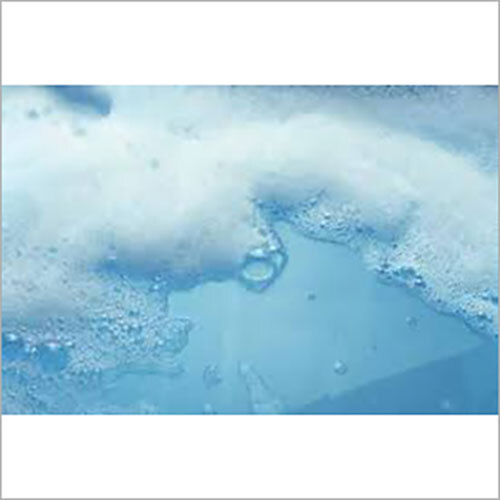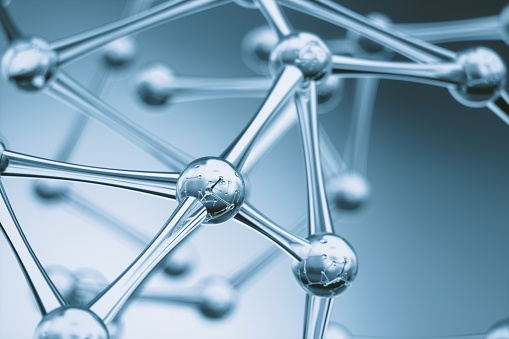Picking the Right Defoamer for Your Details Application Requirements
Selecting the proper defoamer for details application demands is a nuanced process that requires cautious consideration of numerous aspects, such as the foam type, medium, and operating conditions. Recognizing the subtleties of defoamer performance-- including speed and perseverance-- while also representing regulatory and environmental elements is important. Additionally, participating in tests and seeking advice from with suppliers can supply important insights. However, navigating these complexities can be daunting, and the consequences of an inadequate choice might be considerable. What methods can be utilized to make certain an ideal option?
Comprehending Foam Formation
Foam development occurs when gas is trapped within a liquid, creating a secure structure of bubbles. This sensation can considerably impact various industrial processes, particularly in fields such as food production, drugs, and wastewater therapy. The existence of foam can prevent blending, reduce item high quality, and also bring about functional inadequacies.
Foam usually develops as a result of a mix of elements, consisting of surface-active agents, anxiety, and the attributes of the fluid phase. Surfactants reduced the surface area tension of the fluid, assisting in the development of bubbles that can integrate and support. Frustration, whether from mechanical stirring or gas intro, enhances bubble development, bring about increased foam volume.
Comprehending the auto mechanics of foam development is vital for sectors intending to enhance their procedures. By recognizing the certain conditions that promote foam generation, organizations can execute techniques to mitigate its results. This knowledge lays the groundwork for selecting appropriate defoaming agents that properly target the unique obstacles presented by foam in various applications. A thorough understanding of foam formation is important for improving efficiency and preserving product integrity throughout various sectors.
Sorts Of Defoamers Available
Different sorts of defoamers are available to address the obstacles positioned by foam in commercial applications. defoamers. Generally categorized, defoamers drop into three categories: silicone-based, non-silicone-based, and natural defoamers
Silicone-based defoamers are renowned for their performance and stability across a wide variety of temperature levels and pH degrees. They are commonly utilized in applications where solid foam reductions is necessary, such as in coverings, adhesives, and paints. Their low surface area stress enables quick foam collapse.
Non-silicone-based defoamers, frequently made from organic compounds, use an alternative for applications conscious silicone deposits. These defoamers can be more separated right into polyether and ester types, each tailored to fulfill particular solution requirements. Non-silicone defoamers are regularly used in food processing and personal care products as a result of their compatibility with different solutions.
All-natural defoamers, stemmed from plant or pet resources, are gaining traction because of their eco-friendly profile. These products are particularly appealing in applications where regulative compliance and sustainability are vital, such as in agrochemicals and biotechnology.
Picking the appropriate kind of defoamer is vital for maximizing performance and making certain compatibility with details applications.
Trick Application Factors To Consider
When selecting a defoamer, it is important to think about the certain application demands to make sure ideal performance. defoamers. Different industries have distinctive requirements, such as food processing, drugs, or wastewater treatment, and each application may call for one-of-a-kind defoaming homes
Key factors to review consist of the tool in which the defoamer will be made use of, whether it is water-based, oil-based, or a combination thereof. The temperature and pH degrees of the application can likewise significantly affect the click site efficiency of a defoamer. Additionally, compatibility with various other chemicals existing in the system is essential to stop adverse responses that could endanger performance.
An additional crucial consideration is the frothing actions of the particular system. Understanding whether the foam creates rapidly or gradually can direct the choice of a defoamer that targets the source successfully. The preferred rate of defoaming can influence the selection, as some applications call for fast activity while others might tolerate slower defoaming processes.
Lastly, ecological and regulatory factors to consider should not be forgotten, particularly in sectors with stringent conformity needs. Picking a defoamer that lines up with these factors makes sure both efficiency and safety in the application.

Efficiency Screening Approaches
Evaluating the efficiency of a defoamer calls for a methodical strategy to screening that precisely measures its performance in specific applications. Various efficiency screening techniques can be utilized to establish the ideal defoamer for a given solution.
One common method is the bubble examination, which examines the defoamer's ability to minimize foam quantity in time. This test entails creating a secure foam and afterwards adding the defoamer to observe the rate of foam collapse. Another method is the vibrant foam test, where foam is generated under controlled conditions to replicate real-world application situations. This approach gives insights right into exactly how the defoamer performs under varying shear problems.
Eventually, choosing the ideal efficiency screening approach depends on the certain application and the kind of foam being resolved. Each approach supplies beneficial data that can direct formula adjustments and boost the performance of the defoamer in practical applications.
Ideal Practices for Option


Next, consider the defoamer's performance in terms of speed of activity and determination. A quick-acting defoamer might be essential for procedures where quick foam reductions is vital, while an extra relentless solution could be required for prolonged foam control. Furthermore, assess the environmental impact of the defoamer, including its biodegradability and any governing conformity demands.
Conduct tests with chosen defoamers to identify their efficiency in real-world conditions. By sticking to these ideal techniques, you straight from the source can enhance foam control performance and guarantee the long life of your processes.
Final Thought
In recap, selecting the appropriate defoamer necessitates a detailed examination of different elements, consisting of foam type, medium, operating problems, and ecological considerations. Comprehending the distinct features of foam development and the offered defoamer options is vital.
Picking the appropriate defoamer for details application needs is a nuanced procedure that requires cautious factor to consider of several aspects, such as the foam type, medium, and operating problems.Picking the best defoamer is essential for attaining optimum efficiency in foam control applications. A quick-acting defoamer might be required for procedures where fast foam reductions is vital, while a more relentless formula might be required for prolonged foam control.In recap, picking the suitable defoamer necessitates an extensive assessment of various factors, consisting of foam kind, medium, operating conditions, and ecological considerations. Comprehending the special characteristics of foam formation and the readily available defoamer options is essential.